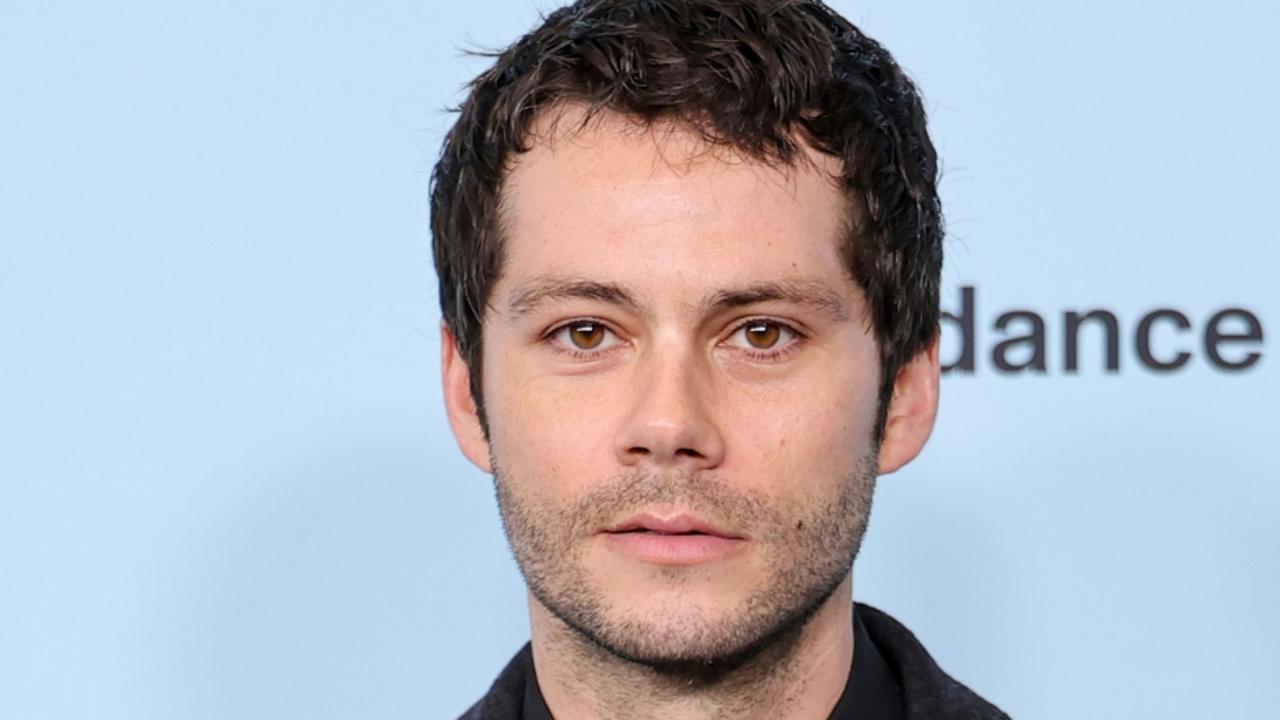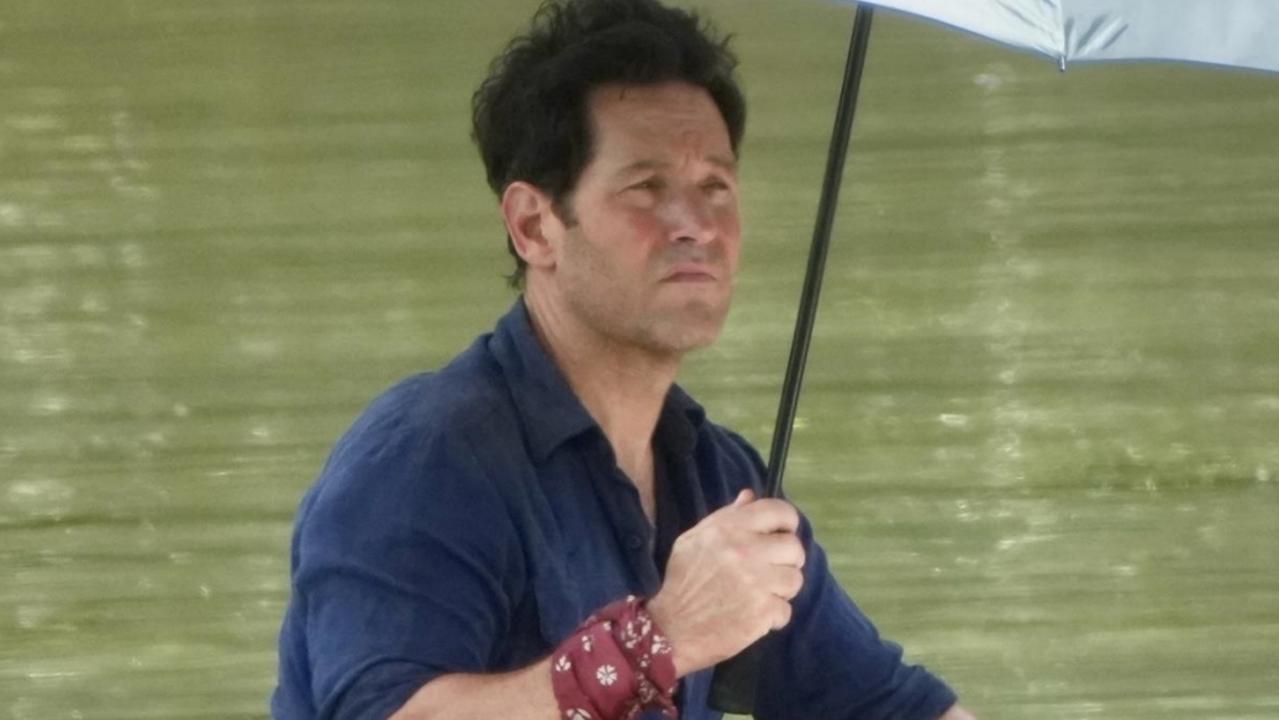The woman on fire: Jennifer Lawrence to play war photographer Lynsey Addario
JENNIFER Lawrence is set to play a war journalist who braved gunfire in the world’s deadliest zones, even while pregnant. This is Lynsey Addario’s story.
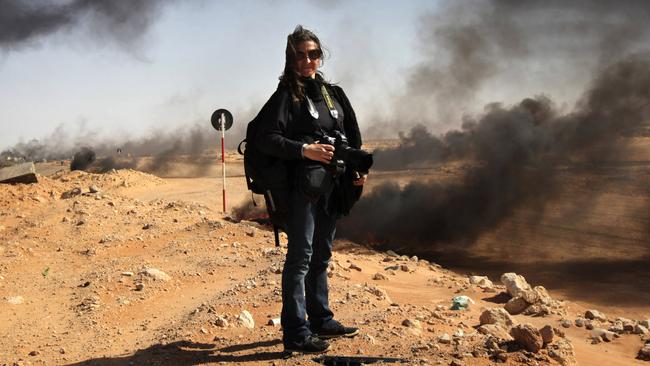
JENNIFER Lawrence played a girl on fire in the Hunger Games.
Now she will play a woman who braved gunfire and risked her life in the world’s deadliest conflict zones to bring the truth to the world.
This is the extraordinary story of war photographer Lynsey Addario.
The US photojournalist’s “raw” and “unflinching” memoir It’s What I Do: A Photographer’s Life of Love and Warwas published in January to rave reviews.
Warner Bros snapped up the rights and Steven Spielberg will turn Addario’s explosive story into a movie with the help of American Sniper producer Andrew Lazar.
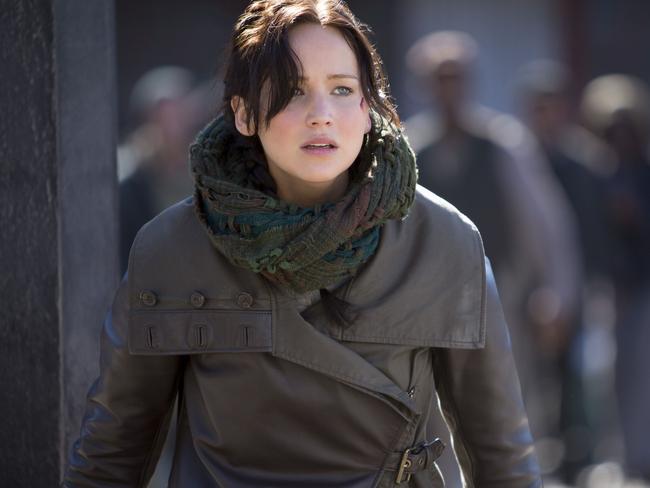
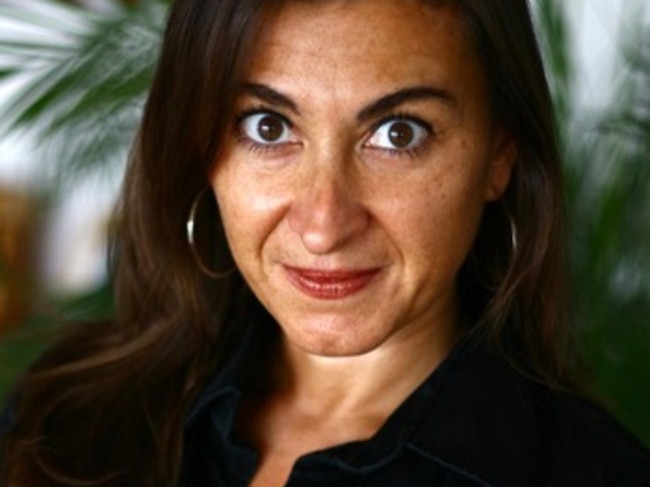
It could be the toughest role of Lawrence’s career to date.
The gutsy 24-year-old is a perfect fit for the part of a woman whose bravery stretched all the way from the front line in Iraq and Afghanistan to proving herself beside her mostly male colleagues at The New York Times.
Addario was part of a team from the paper that won a Pulitzer Prize in 2009 for the series Talibanistan. She made Oprah Winfrey’s 2010 Power List, and Glamour Magazine’s 20 women of the year in 2011. American Photo Magazine this year named her one of five most influential photographers of the past 25 years, saying she changed the way we saw the world’s conflicts.
In January, Addario wrote a powerful piece for the newspaper about the terrifying moment she thought she was going to die, when she and three colleagues were kidnapped at a checkpoint in Libya in 2011.
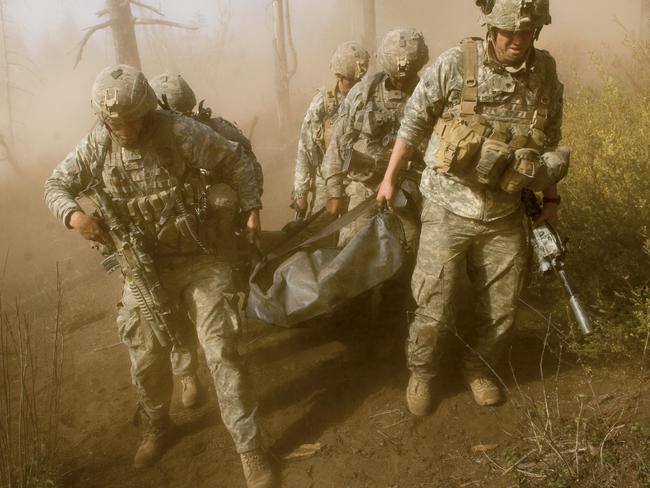
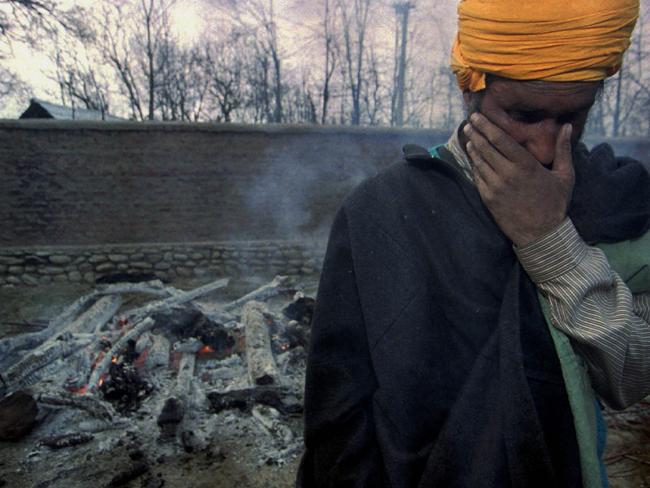
“I pressed my face into the soil, sucking in a mouthful of fine sand as a soldier pulled my hands behind my back and kicked open my legs,” she wrote. “I raised my eyes from the ground and looked directly into the soldier’s eyes. The only thing I could think to do was plead, but my mouth was so dry, as if my saliva had been replaced with dirt. I could barely utter a word. ‘Please,’ I whispered.”
Addario eventually escaped, but it was not the only time she risked her life. She had been kidnapped by Sunni insurgents near Fallujah, Iraq, ambushed by the Taliban in the Korengal Valley in Afghanistan and injured in a car accident that killed her driver while covering the Taliban occupation of the Swat Valley in Pakistan.
She was determined to continue with her life’s work, exposing the reality of conflict, famine and human rights crises to the rest of the world. At the same time, she was wracked with guilt over the pain she was causing her husband, Paul de Bendern.
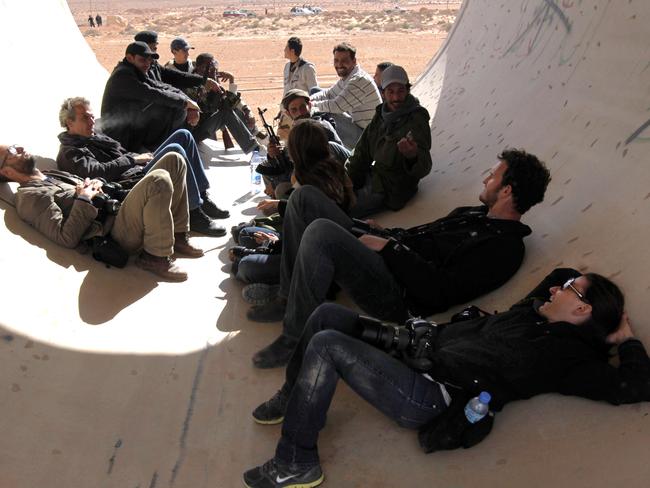
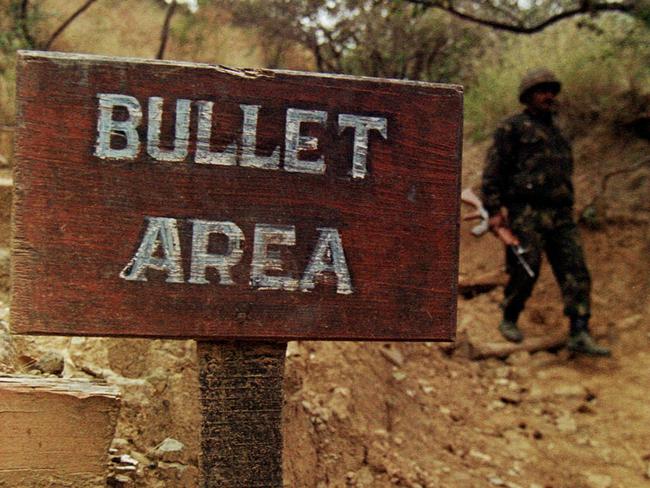
Addario, now 41, started work as a photographer for Buenos Aires Herald in 1996, with a BA in language from the University of Wisconsin-Madison, and no photographic training. She then became an Associated Press photographer in New York, before moving to India to cover South Asia. She first travelled to Afghanistan under Taliban rule in 2000.
That’s when 9/11 and the ensuing invasion changed everything for her, and the world, and Addario made up her mind to dedicate her life to following the chaos.
She watched the relationships of her fellow war journalists buckle under the strain, with divorces coming in flurries, after the fall of the Taliban, and after the fall of Saddam Hussein. For a woman, it was even harder to find someone to accept the lifestyle, and there was little permanence or stability in her life.
She travelled to Lebanon, Darfur, and the Democratic Republic of the Congo, on the road 280 days a year, starting to assume all her relationships would end in heartbreak.
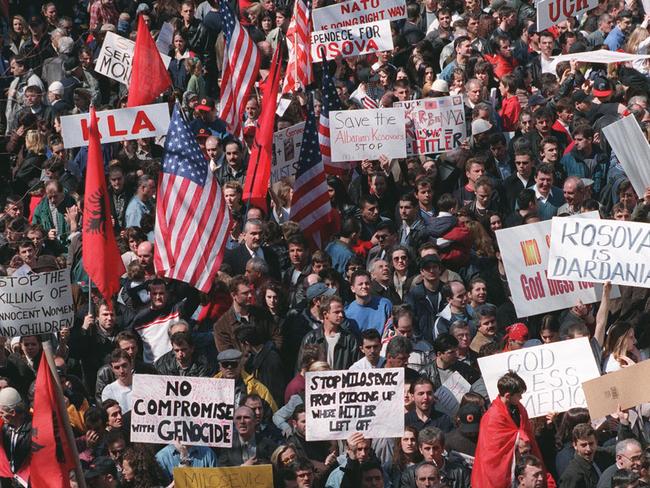
In 2008, aged 33, she met Paul, a bureau chief for Reuters in Turkey, and they fell in love. When she faced death in Libya three years later, she realised she was ready to be a mother, and that her vocation didn’t have to deny her that experience.
It wasn’t easy. She travelled to Senegal 10 days into her pregnancy, nervous of in-flight radiation and the dangers of malaria (for which she was unable to take the medication), but willing to put herself in the hands of fate, as always.
At four-and-a-half months, she went to photograph Somalia gripped by drought, hiding her pregnancy under loose-fitting clothes and surviving on bananas, bread and protein bars to avoid stomach upset in Mogadishu, kidnapping capital of the world.
Then it was on to Gaza for a “straightforward” assignment, photographing an exchange of 1027 Palestinian prisoners for one Israeli soldier kidnapped by Hamas. But as relatives streamed into Gaza, Addario found herself being crushed.
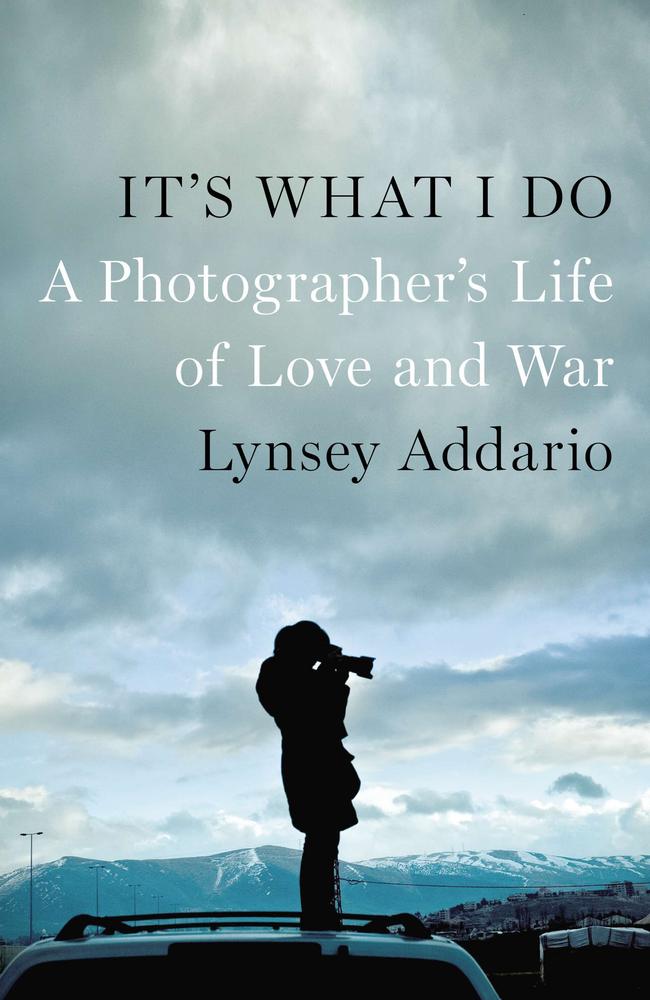
She threw up her arms and screamed, “Baby!”, pointing desperately at her stomach. The men around her paused and looked — and then made a human cocoon around her, protecting her from the crowd.
For three months, she gave herself completely to being a mother, and then she was back on assignment, photographing meth-addicted women in Alabama. In the following year, she travelled to Mississippi, Mauritania, Zimbabwe, Sierra Leone and India, now staying away from the front line, for the sake of her son, Lukas.
She admits that being away from him was worse than any heartbreak she had known, but a few frames into a story, she would be lost.


